
Laura Sanders reports on neuroscience for Science News. She wrote Growth Curve, a blog about the science of raising kids, from 2013 to 2019 and continues to write about child development and parenting from time to time. She earned her Ph.D. in molecular biology from the University of Southern California in Los Angeles, where she studied the nerve cells that compel a fruit fly to perform a dazzling mating dance. Convinced that she was missing some exciting science somewhere, Laura turned her eye toward writing about brains in all shapes and forms. She holds undergraduate degrees in creative writing and biology from Vanderbilt University in Nashville, where she was a National Merit Scholar. Growth Curve, her 2012 series on consciousness and her 2013 article on the dearth of psychiatric drugs have received awards recognizing editorial excellence.

Trustworthy journalism comes at a price.
Scientists and journalists share a core belief in questioning, observing and verifying to reach the truth. Science News reports on crucial research and discovery across science disciplines. We need your financial support to make it happen – every contribution makes a difference.
All Stories by Laura Sanders
-
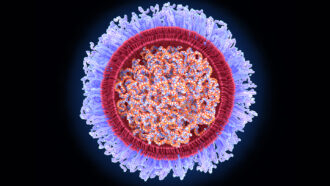 Health & Medicine
Health & MedicineThese are the viruses that mRNA vaccines may take on next
Now that mRNA vaccines have proved effective against the coronavirus, scientists are taking aim at influenza, HIV and other viruses.
-
 Health & Medicine
Health & MedicineHow sleep may boost creativity
In a lab experiment, people who had fallen into a shallow sleep were more likely than non- or deep sleepers to later discover a sly math trick.
-
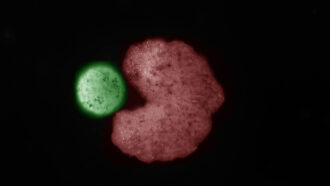 Health & Medicine
Health & MedicineTiny living machines called xenobots can create copies of themselves
When clusters of frog cells known as xenobots form a Pac-Man shape, they are especially efficient at replicating in a new way, researchers say.
-

Can psychedelics meet their potential for treating mental health disorders?
Psychedelics hold lots of promise as treatments for mental health disorders like PTSD and depression. But the drugs still face hurdles.
-
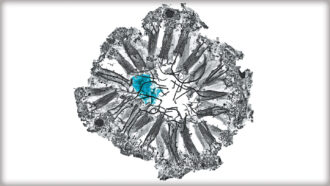 Neuroscience
NeuroscienceBrainless sponges contain early echoes of a nervous system
Simple sponges contain cells that appear to send signals to digestive chambers, a communication system that offer hints about how brains evolved.
-
 Health & Medicine
Health & MedicineA custom brain implant lifted a woman’s severe depression
An experimental device interrupts brain activity linked to a woman’s low mood. The technology, she said, has changed her lens on life.
-
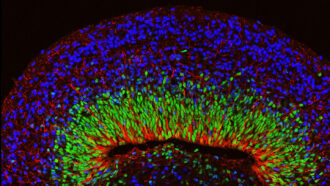 Health & Medicine
Health & MedicineHow personalized brain organoids could help us demystify disorders
Personalized clusters of brain cells made from people with Rett syndrome had abnormal activity, showing potential for studying how human brains go awry.
-
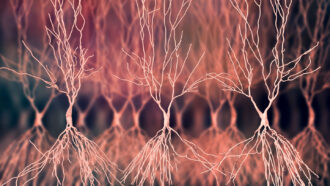 Health & Medicine
Health & MedicineRipples in rats’ brains tied to memory may also reduce sugar levels
Brain signals called sharp-wave ripples have an unexpected job: influencing the body’s sugar levels, a study in rats suggests.
-
 Health & Medicine
Health & MedicineWhat kids lost when COVID-19 upended school
Researchers are starting to tally how a year and a half of pandemic has left many children struggling academically and emotionally.
-
 Health & Medicine
Health & MedicineHow Hans Berger’s quest for telepathy spurred modern brain science
In the 1920s, psychiatrist Hans Berger invented EEG and discovered brain waves — though not long-range signals.
-
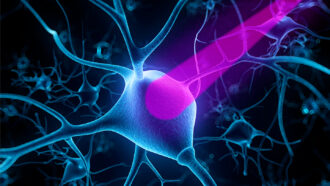 Health & Medicine
Health & MedicineControlling nerve cells with light opened new ways to study the brain
A method called optogenetics offers insights into memory, perception and addiction.
-
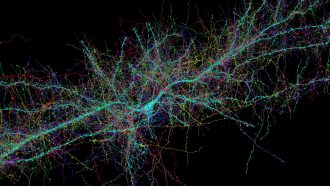 Neuroscience
NeuroscienceA deep look at a speck of human brain reveals never-before-seen quirks
Three-dimensional views of 50,000 cells from a woman’s brain yield one of the most detailed maps yet.